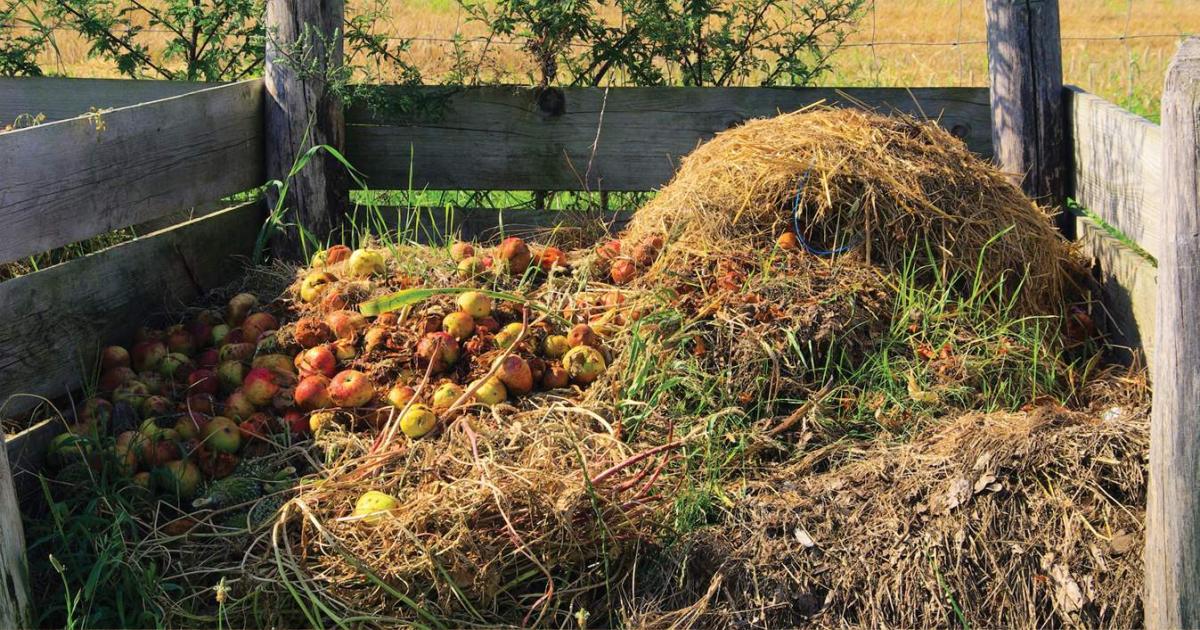You’ve heard the saying, “You don’t know what you’ve got until it’s gone.” Unfortunately, this rang true for many Americans during the string of subzero temperatures and winter weather events this past month.
I think most would agree the pinnacle of these events was heart-wrenching stories and images of food, water, heat and power shortages experienced by Texans. However, the extreme conditions covered a vast geographic area from Canada to Texas, including North Dakota. It was darn cold nearly everywhere.
This 80-year weather event caused an unprecedented energy crisis, prompting rolling blackouts and controlled power interruptions with little or no notice provided to the distributing utility or electric consumer. Not excusing the lack of notice, this situation was critical.
Josh Kramer
The electric grid is a complex machine with a sophisticated series of controls that manage power coming on and power going off. (Bear with me. Here come the acronyms.)
Electric cooperatives combine their owned transmission and generation resources, like a North Dakota lignite coal plant, with many other utilities across multiple states and provinces to power this interconnected grid. Regional transmission operators (RTOs), like Southwest Power Pool (SPP) and Midcontinent Independent System Operator (MISO), then coordinate, control and market the transfer of electric power across multiple states. RTOs essentially facilitate the delivery of power. In our region, the Western Area Power Administration (WAPA), one of four marketing arms within the U.S. Department of Energy, provides invaluable transmission services for both private and public utilities and functions as a grid operator.
In February, out of necessity, SPP directed WAPA to curtail loads and implement controlled service interruptions to prevent uncontrolled, devastating damage to the electrical grid. Controlled power interruptions are a last-resort decision of RTOs, often made in a matter of minutes. I do not envy those decisionmakers.
Your local electric cooperative takes its role in providing reliable power seriously. Days prior to this weather event, dense fog wreaked havoc on power lines, and co-ops worked feverishly to restore power. In addition, electric generation and transmission cooperatives prepared to ramp up baseload coal generation, which proved critical in the days ahead. It was baseload generation, and the supporting cast of employees, that helped mitigate this energy crisis.
February was the perfect storm – unprecedented demand throughout a multistate region due to extreme temperatures, strains on natural gas supplies and limited wind generation.
Recognizing diversity in electric generation is important, but so is having the ability to control a fuel source and ramp up generation. It is essential to public safety. My hope is we learn from this, adapt and have productive conversations about the reliability and resiliency of our electric system.
Josh Kramer, editor-in-chief of North Dakota Living, is executive vice president and general manager of NDAREC. Contact him at jkramer@ndarec.com.










